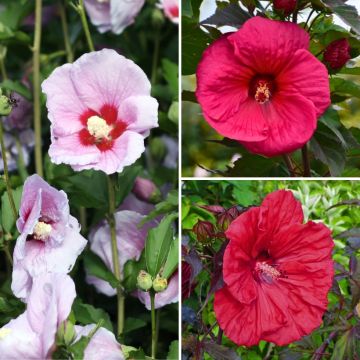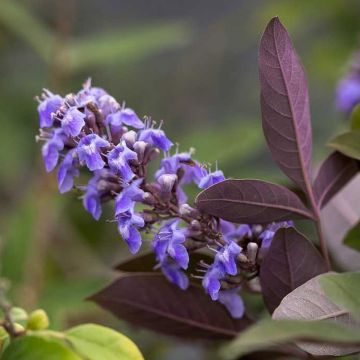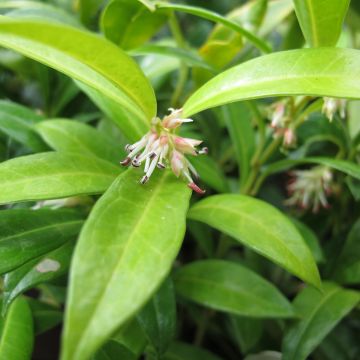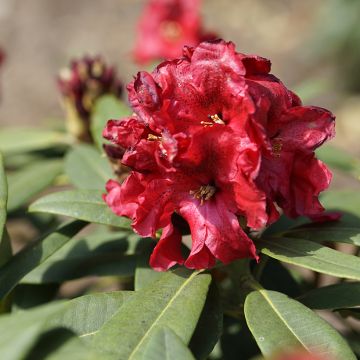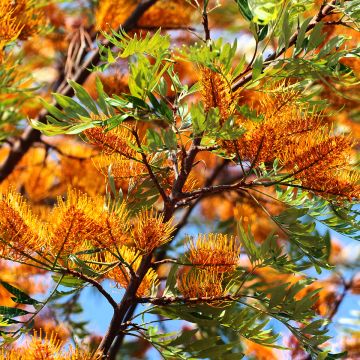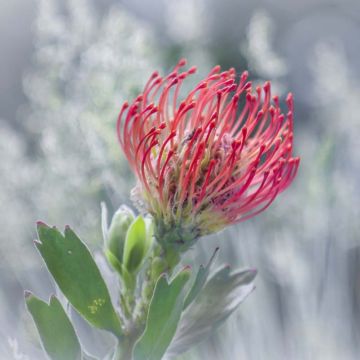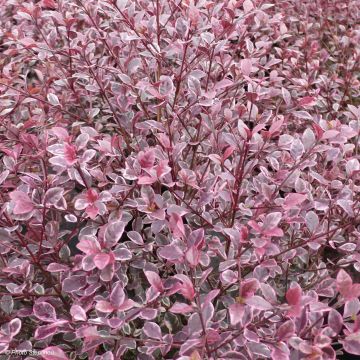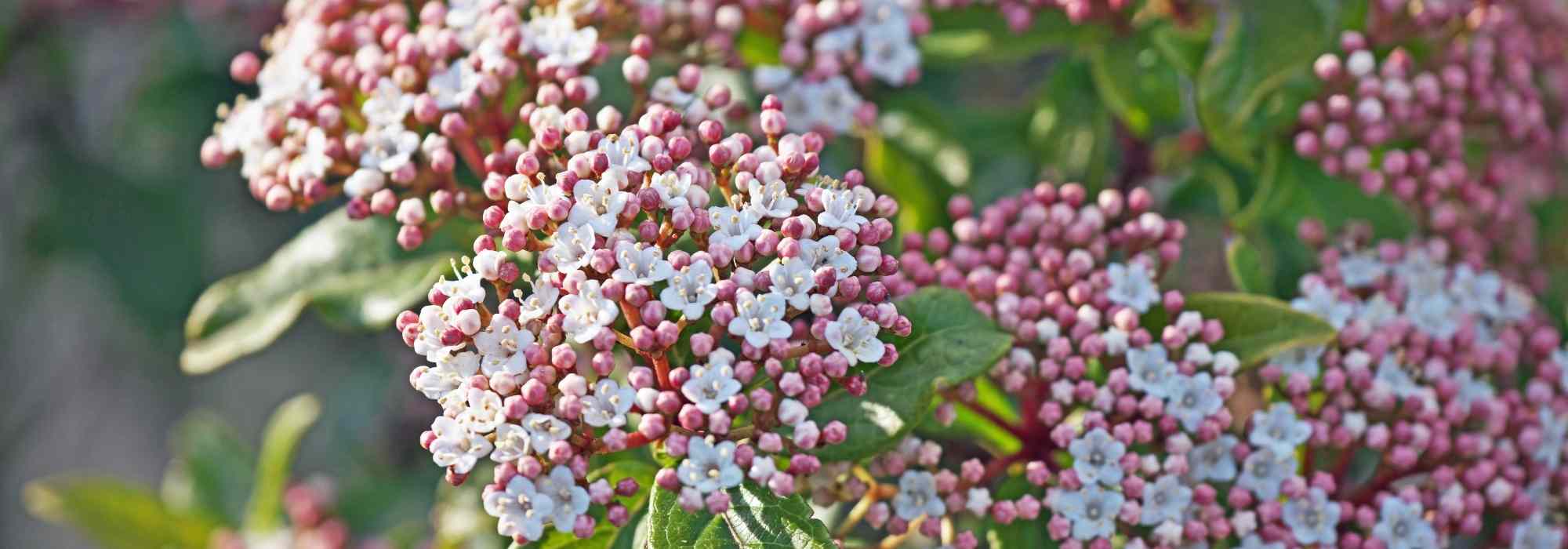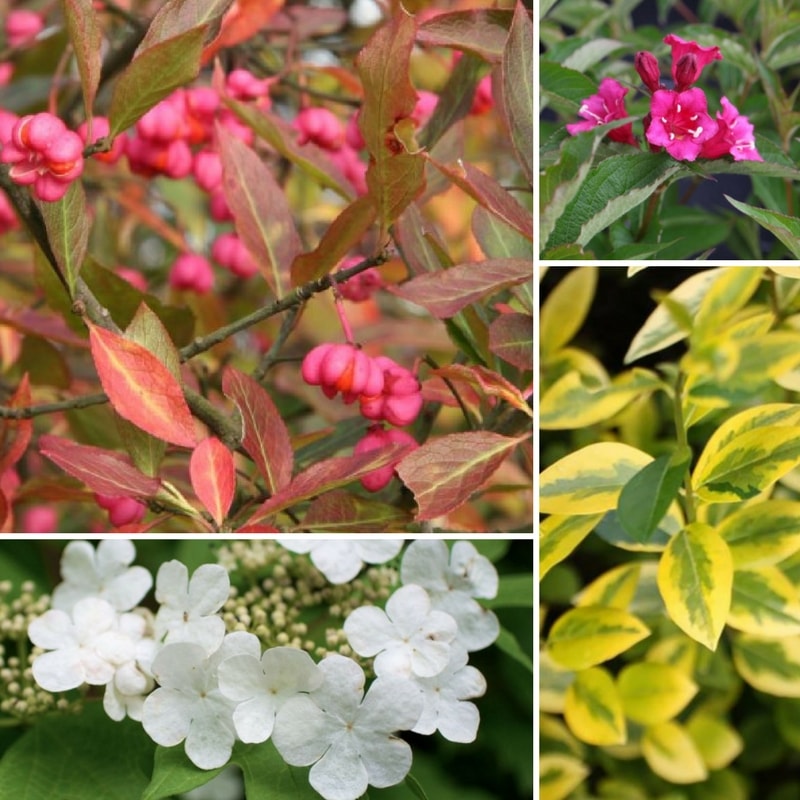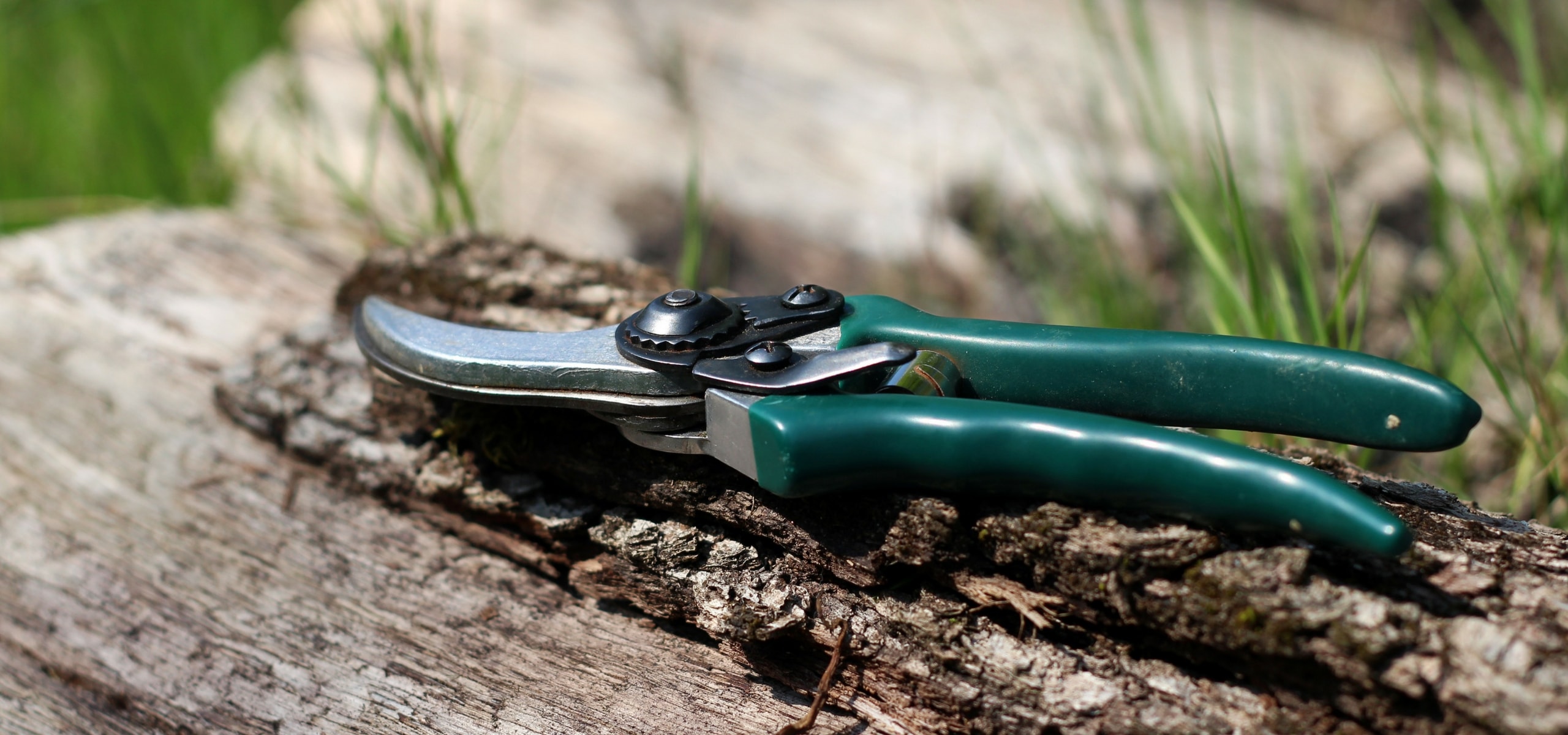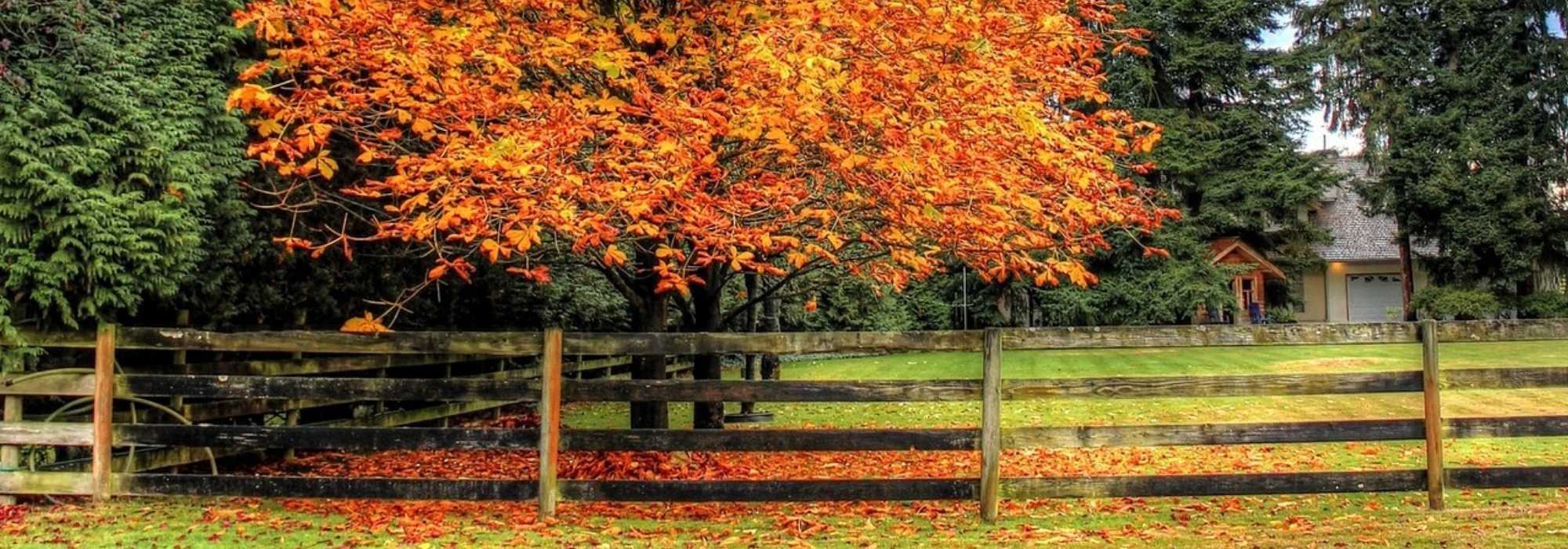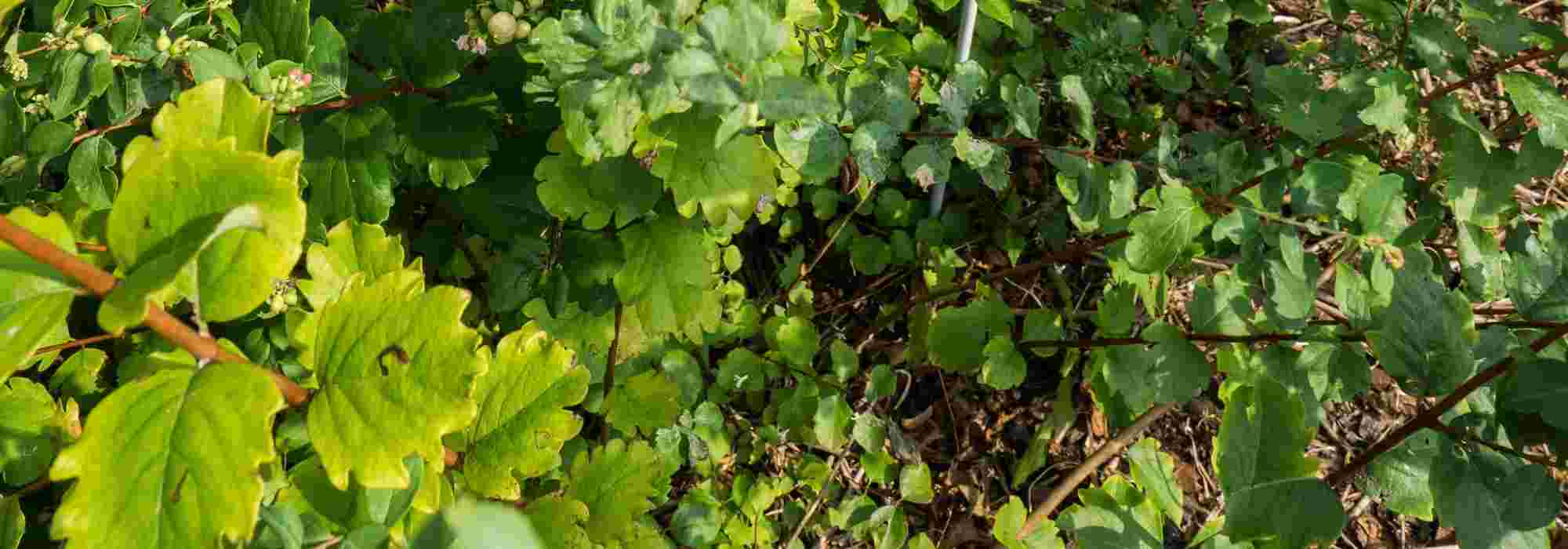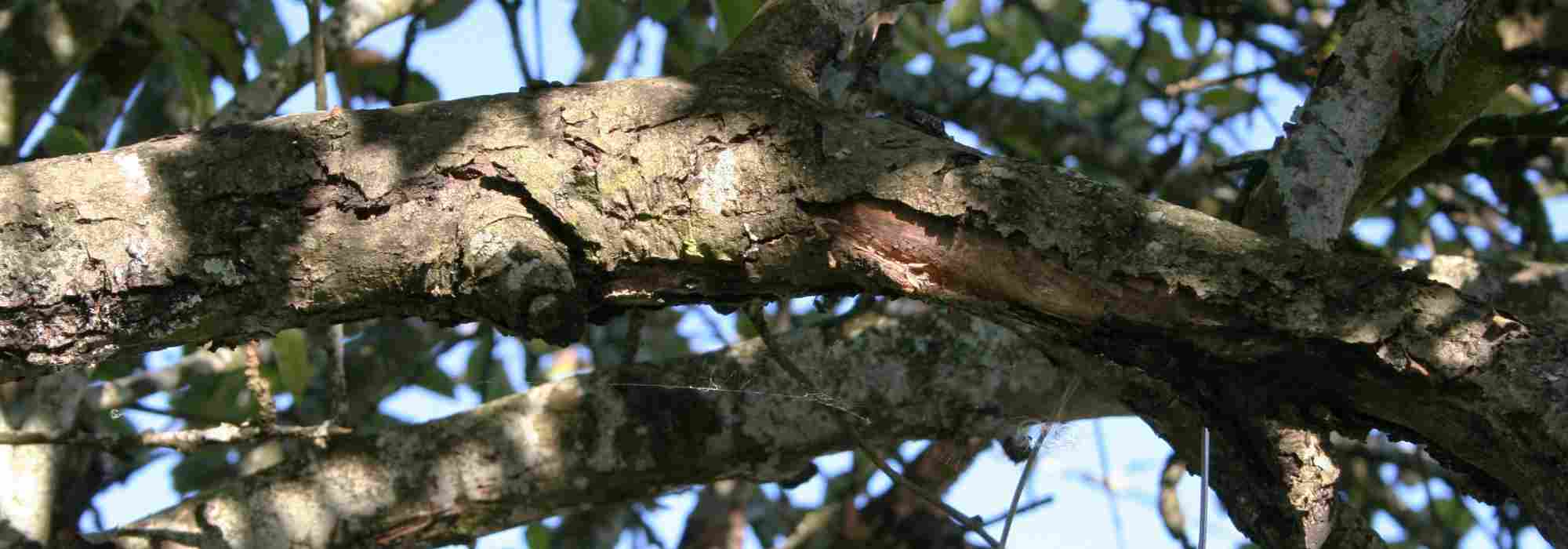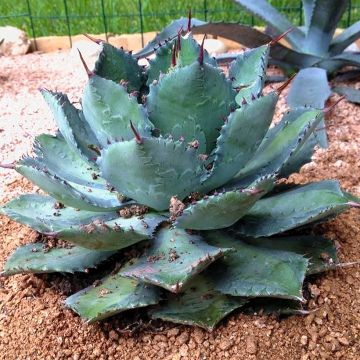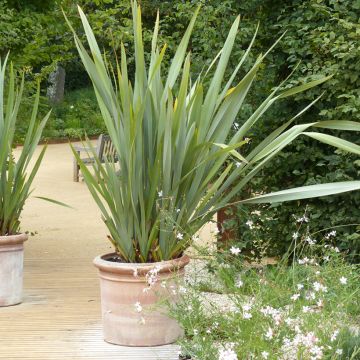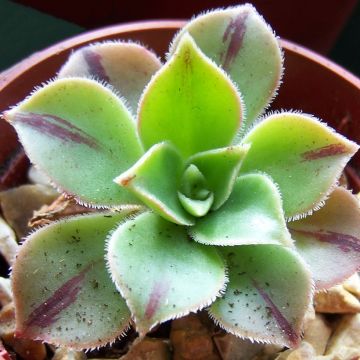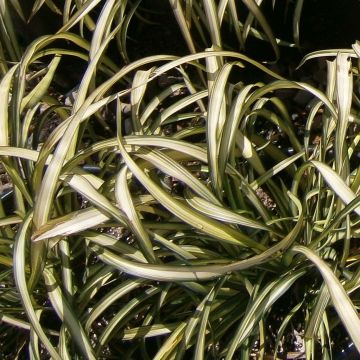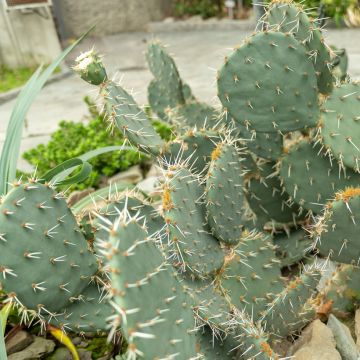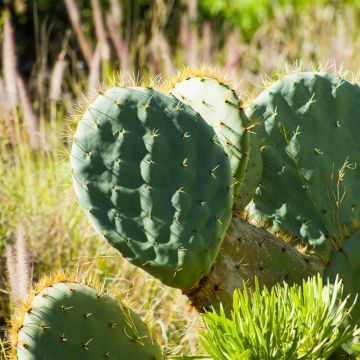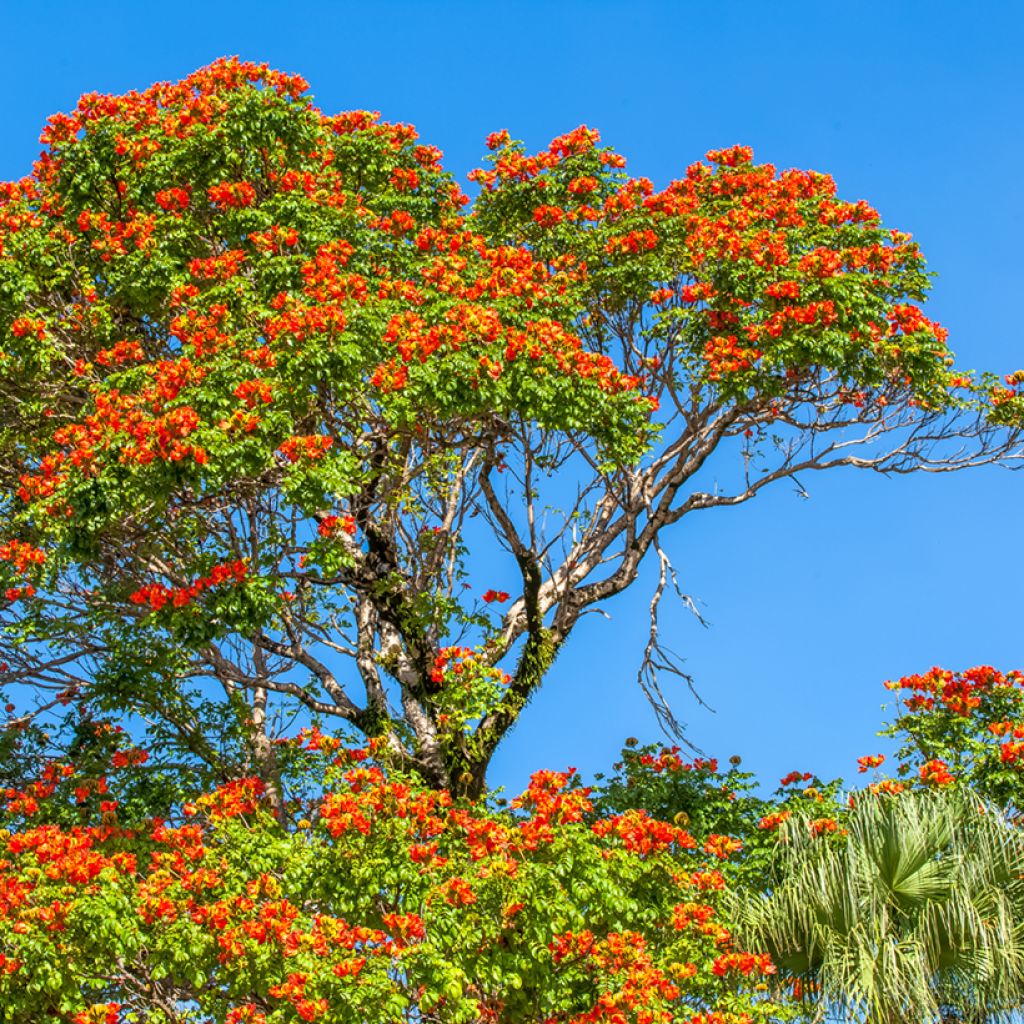

Spathodea campanulata - African tulip tree
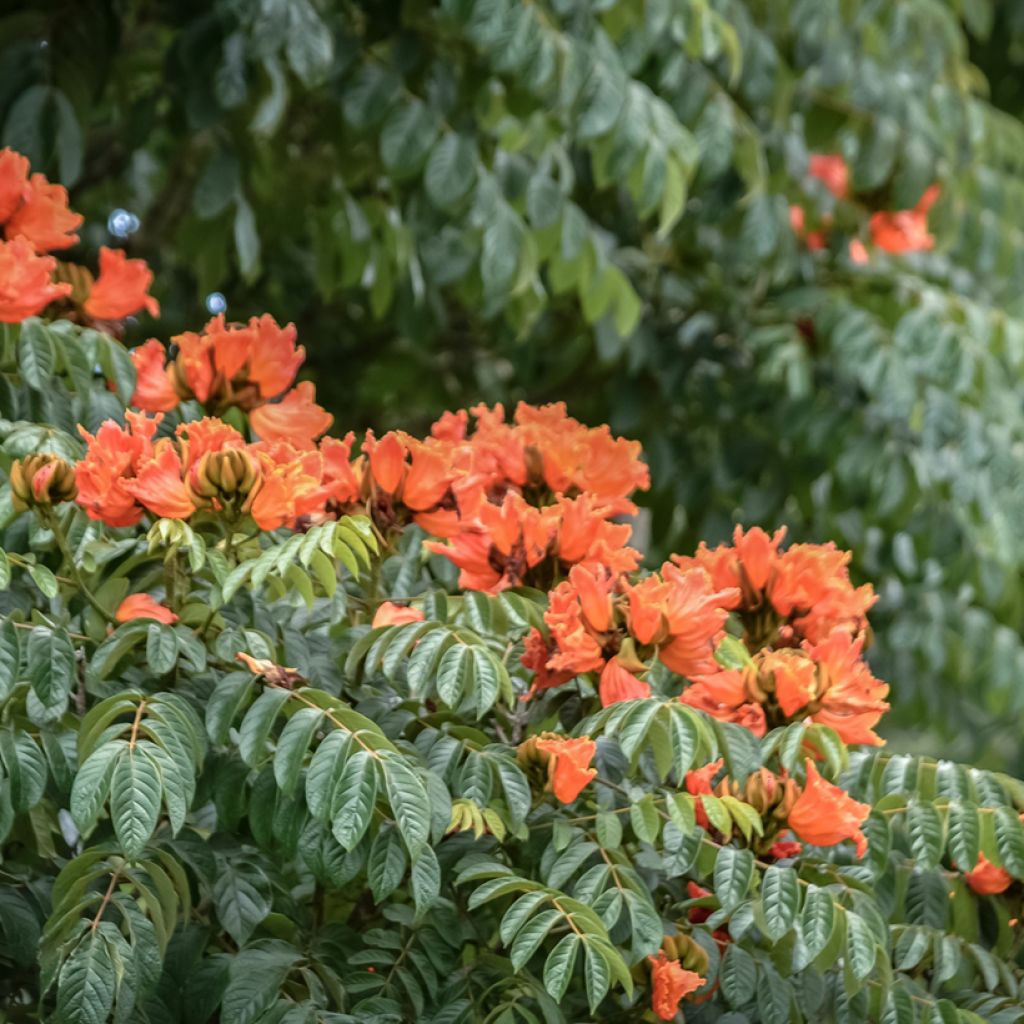

Spathodea campanulata - African tulip tree
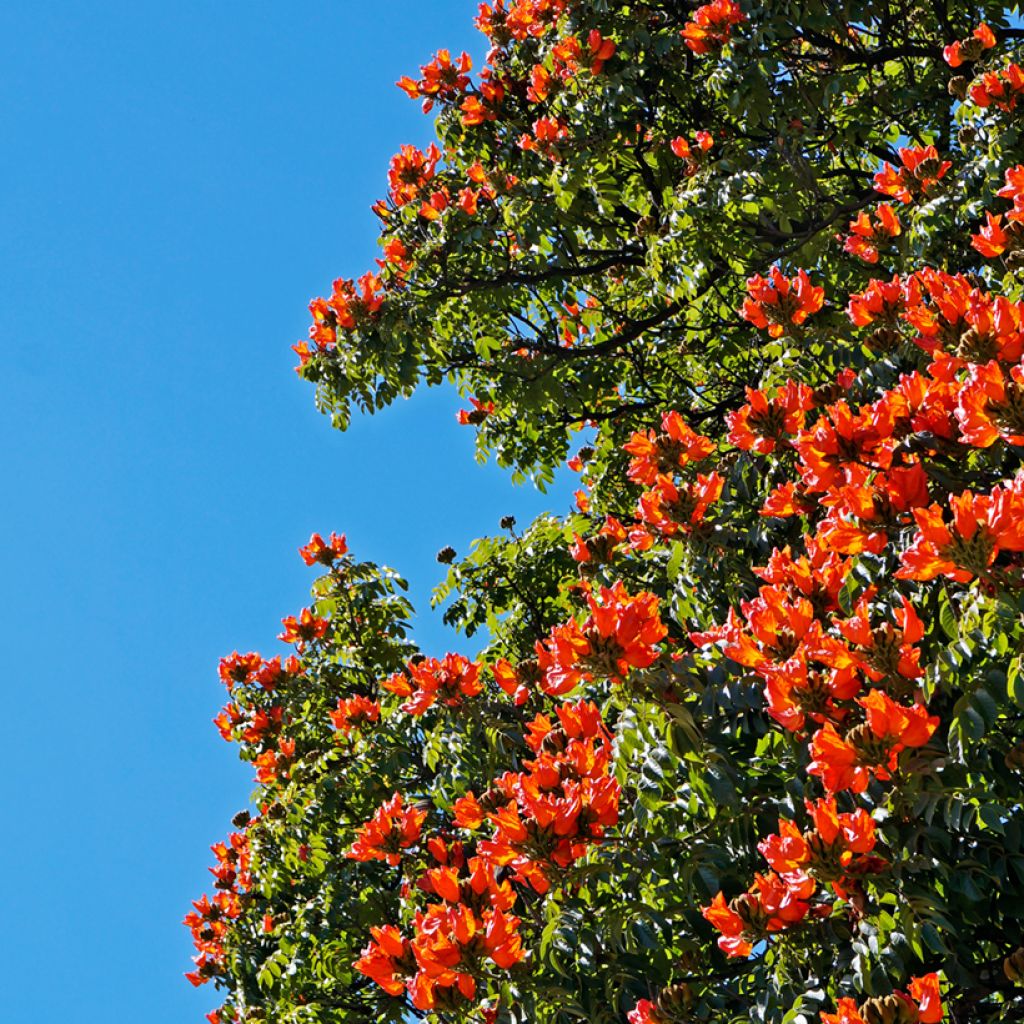

Spathodea campanulata - African tulip tree
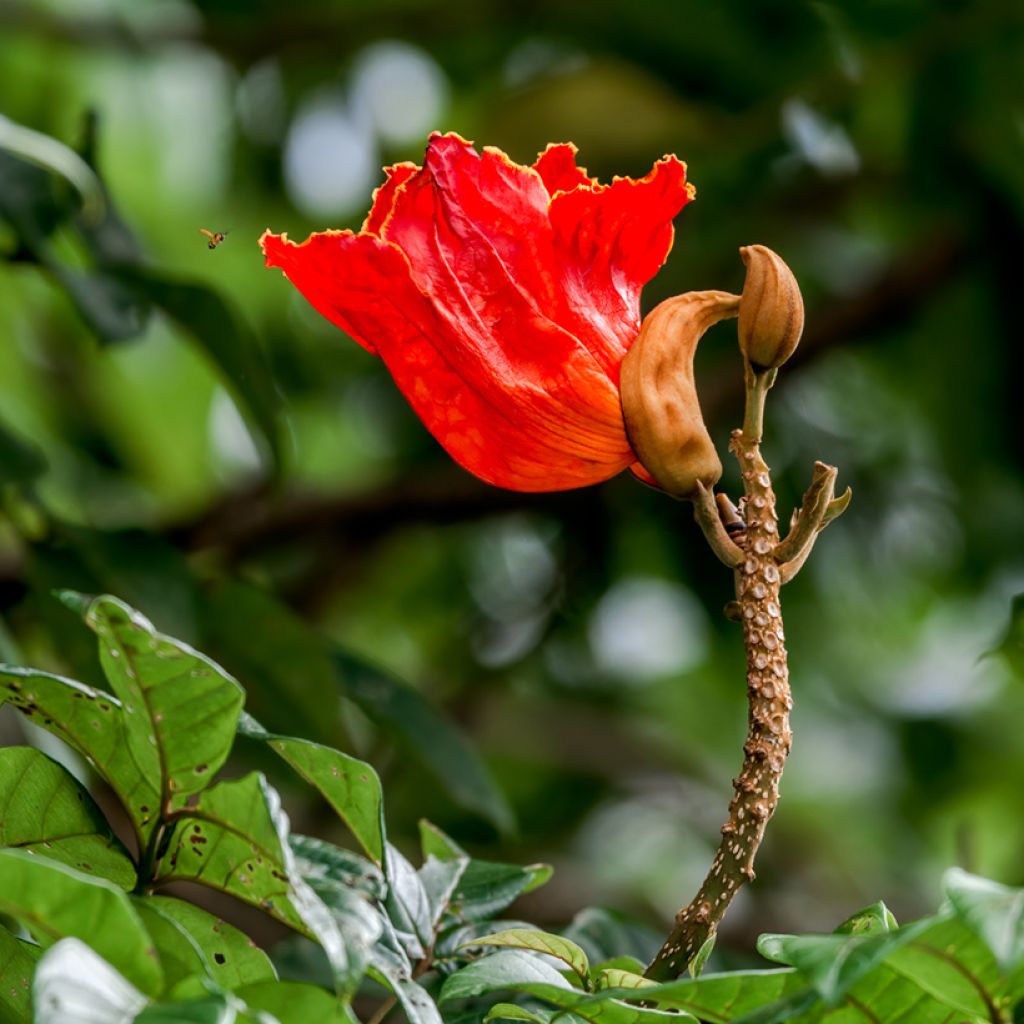

Spathodea campanulata - African tulip tree
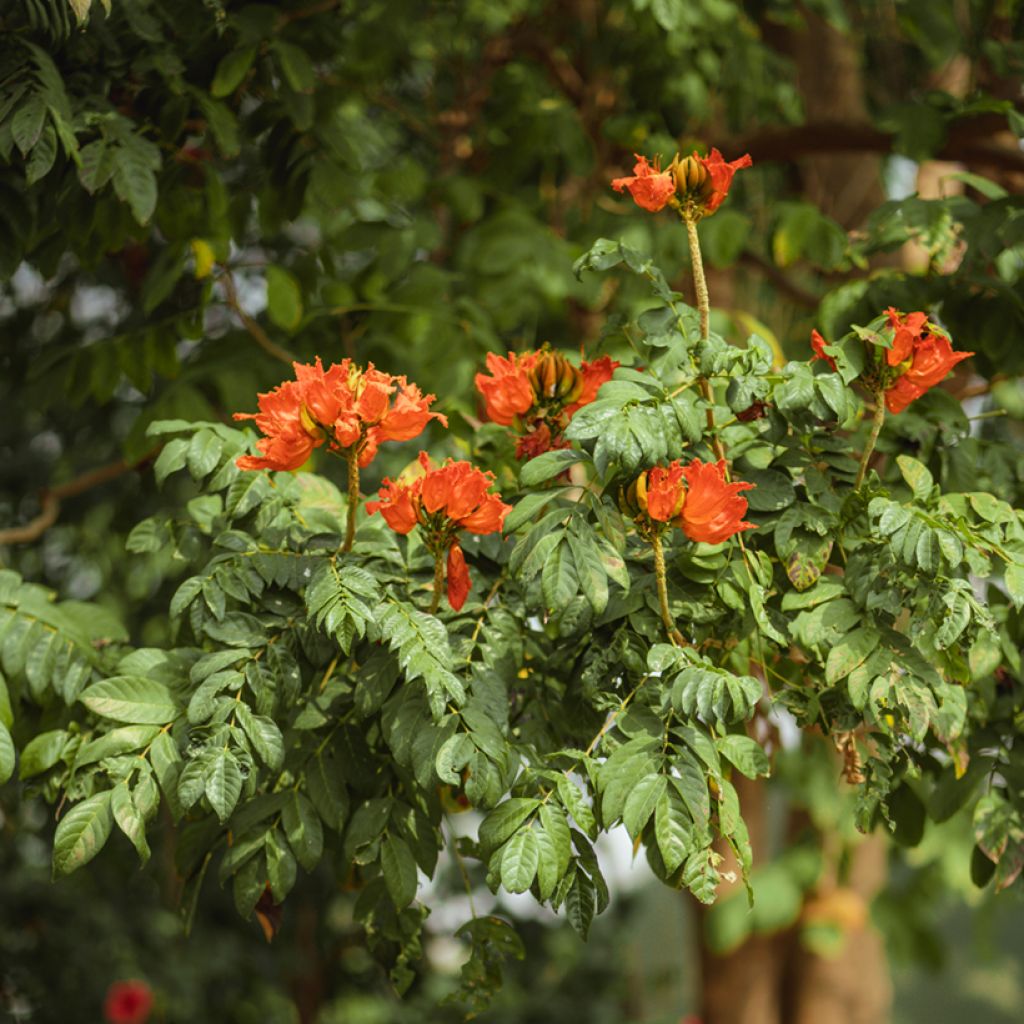

Spathodea campanulata - African tulip tree
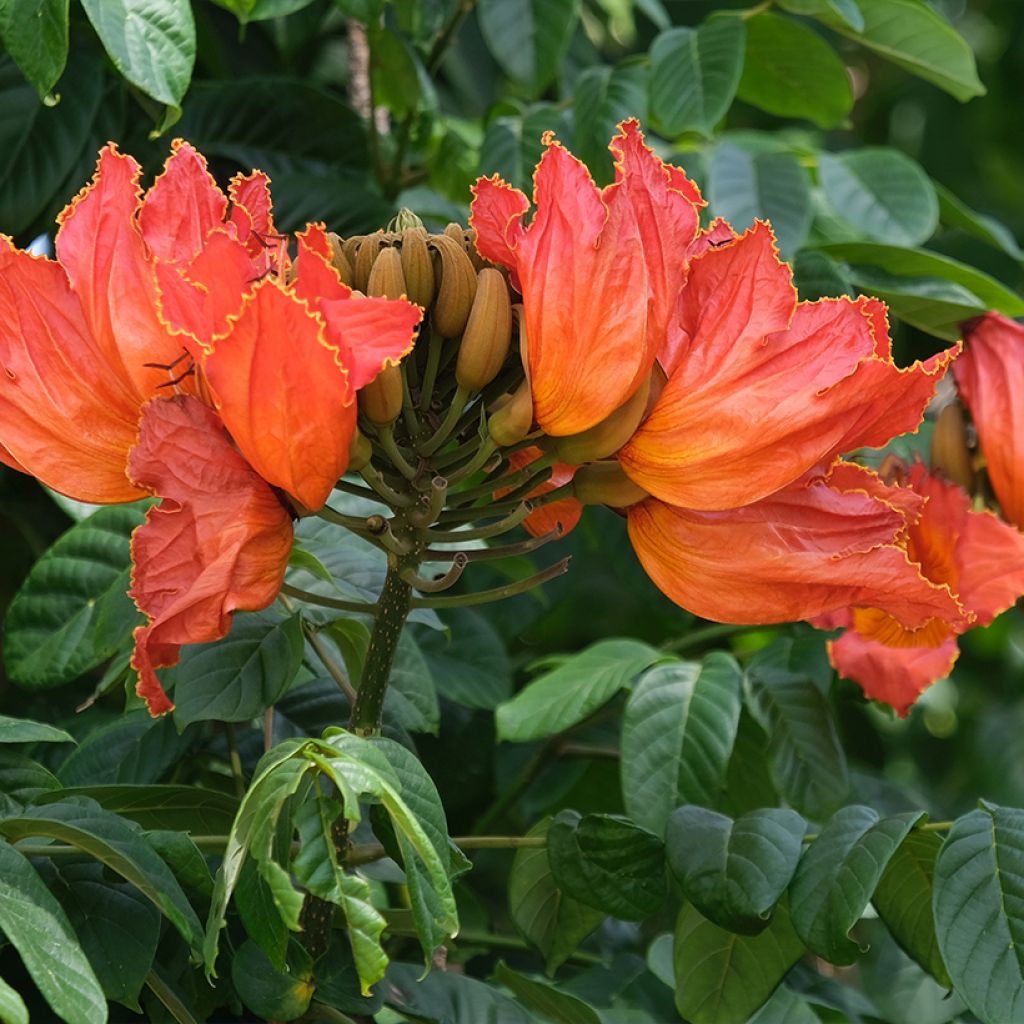

Spathodea campanulata - African tulip tree
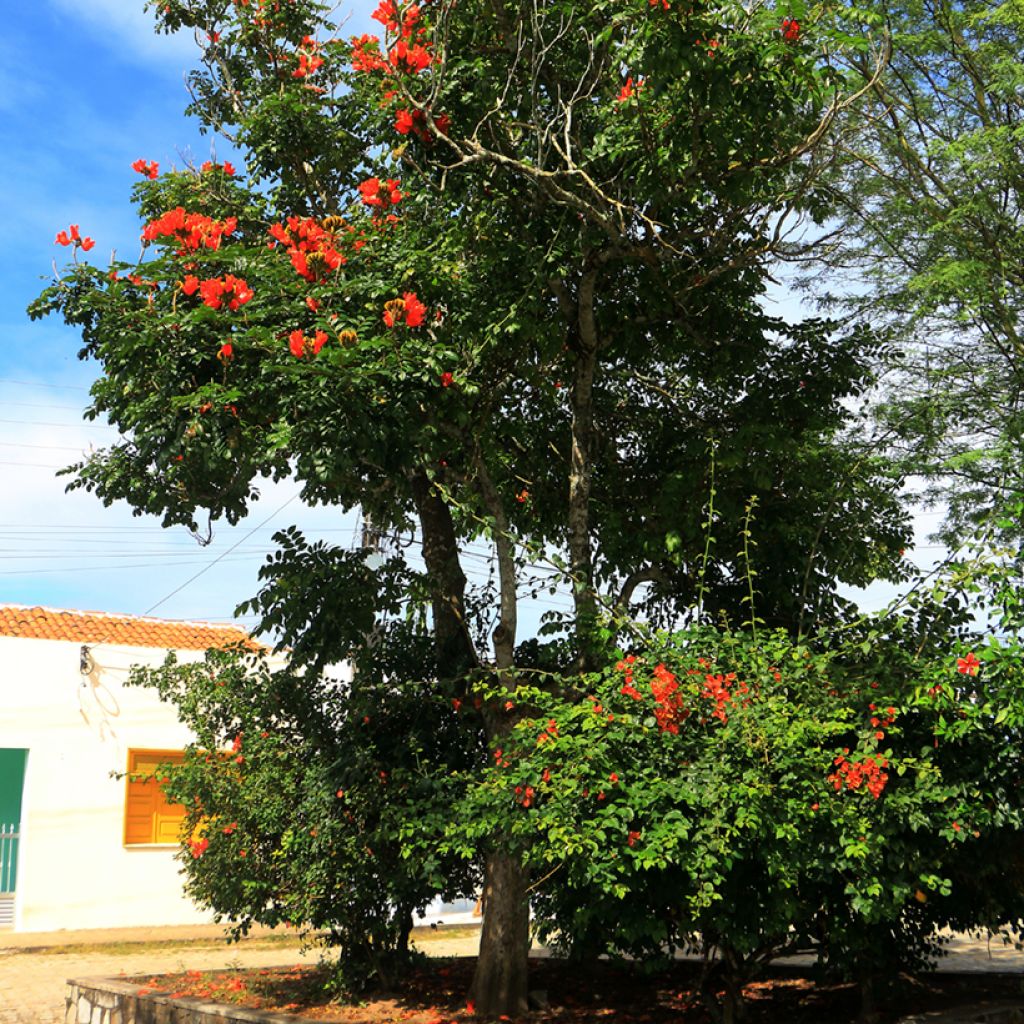

Spathodea campanulata - African tulip tree
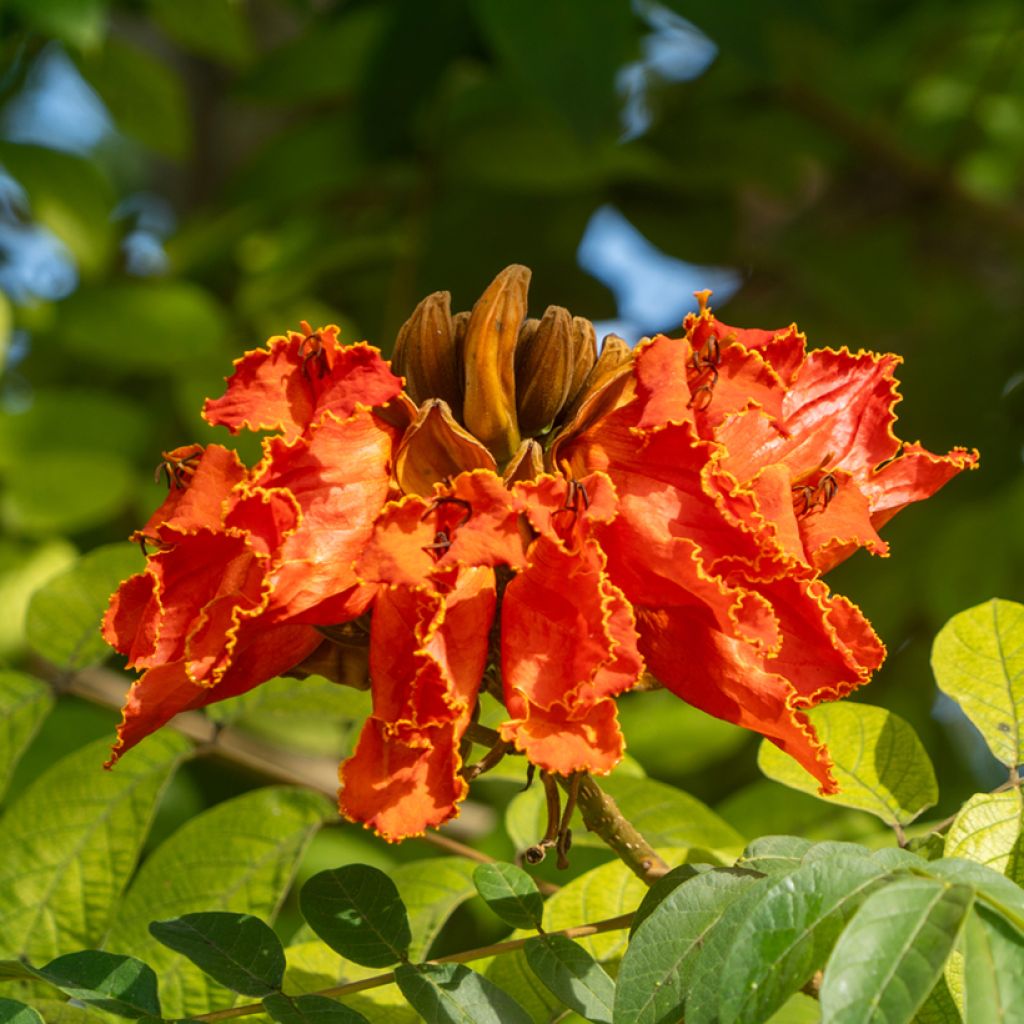

Spathodea campanulata - African tulip tree
Spathodea campanulata - African tulip tree
Spathodea campanulata
African tulip tree, Nandi flame, flame tree, fountain tree
Special offer!
Receive a €20 voucher for any order over €90 (excluding delivery costs, credit notes, and plastic-free options)!
1- Add your favorite plants to your cart.
2- Once you have reached €90, confirm your order (you can even choose the delivery date!).
3- As soon as your order is shipped, you will receive an email containing your voucher code, valid for 3 months (90 days).
Your voucher is unique and can only be used once, for any order with a minimum value of €20, excluding delivery costs.
Can be combined with other current offers, non-divisible and non-refundable.
Home or relay delivery (depending on size and destination)
Schedule delivery date,
and select date in basket
This plant carries a 24 months recovery warranty
More information
We guarantee the quality of our plants for a full growing cycle, and will replace at our expense any plant that fails to recover under normal climatic and planting conditions.
Would this plant suit my garden?
Set up your Plantfit profile →
Description
Spathodea campanulata, the African Tulip Tree, is an exceptional tropical tree, prized for its flamboyant orange-red flowering reminiscent of exotic tulips. Native to tropical Africa, it boasts a majestic habit and luxuriant foliage and grows rapidly in its native lands. Highly sensitive to cold and our long winters, it is reserved for collectors and enthusiasts of rare plants who can cultivate it with dedication in a heated greenhouse or a bright conservatory. Demanding in terms of warmth, sunlight, and humidity, it requires special attention but will reward you with an unforgettable botanical spectacle.
Spathodea campanulata, commonly known as the African Tulip Tree, is a tree from the Bignoniaceae family. Native to tropical Africa, particularly Gabon, it is also referred to as Flame of the Forest. It is widely cultivated in tropical regions for its spectacular flowering. This tree thrives in humid tropical climates, preferring temperatures between 20 and 30°C and high annual rainfall. It tolerates various soil types, provided they are well-drained, but is very sensitive to frost, limiting its cultivation to frost-free zones. After being introduced to many tropical regions for ornamental purposes, the African Tulip Tree has become invasive in some areas, specifically the Caribbean, Southeast Asia, and the Pacific, where it threatens local biodiversity.
Spathodea campanulata is a fast-growing tree, reaching heights of 10 to 35 metres in the ground, with a trunk up to 60 cm in diameter. In a pot, its size is naturally limited. Container-grown specimens typically reach 1 to 2 metres in height, depending on pot size and growing conditions. Larger specimens, 3 to 4 metres, develop in 75-litre containers. The African Tulip Tree has an upright habit with a dense, rounded crown. The leaves, measuring up to 50 cm in length, consist of 7 to 17 ovate, dark green leaflets with entire margins. They persist year-round. The highly conspicuous flowers are arranged in terminal clusters. They measure 10 to 12 cm in length, displaying orange to coral-red hues with yellowish edges and a tulip-like shape. Flowering is nearly continuous in humid tropical climates but more seasonal in regions with a pronounced dry season. In temperate climates, flowering typically occurs between May and August. The fruits, which form in the wild, are large, elongated capsules, reaching up to 30 cm in length, containing numerous winged seeds that disperse easily by wind. The bark is initially smooth and grey-brown, becoming fissured and darker with age. The root system is extensive, providing the tree with good stability.
Children in regions where the African Tulip Tree grows often use its fluid-filled flower buds as natural "water bombs," as they burst and release their contents when squeezed.
The African Tulip Tree (Spathodea campanulata) is a tropical tree whose cultivation is quite challenging in temperate climates. It can be grown in a conservatory or greenhouse, where temperatures do not drop below 10°C. Care must also be taken to ensure the air is not too dry. Ideally, temperatures should range between 20 and 30°C to encourage growth. In winter, using grow lights can provide additional light to prevent etiolation of the plant.
Report an error about the product description
Spathodea campanulata - African tulip tree in pictures


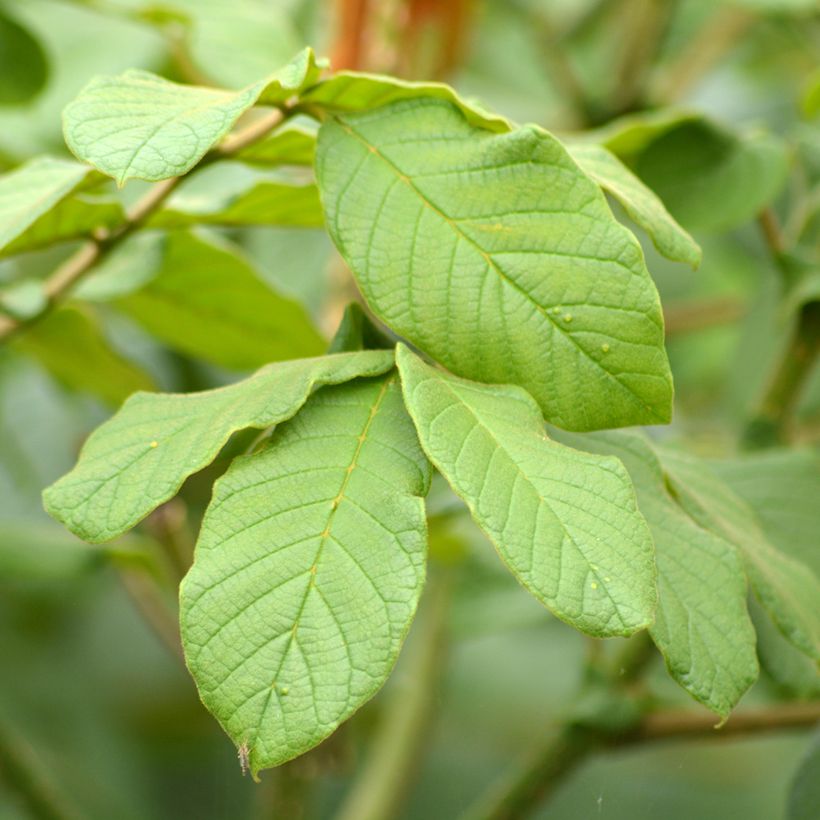



Plant habit
Flowering
Foliage
Botanical data
Spathodea
campanulata
Bignoniaceae
African tulip tree, Nandi flame, flame tree, fountain tree
Bignonia tulipifera, Spathodea danckelmaniana, Spathodea nilotica, Spathodea tulipifera
South America
Other Shrubs A to Z
View all →Planting and care
The African Tulip Tree (Spathodea campanulata) is a tropical tree highly sensitive to cold, making its cultivation in pots in our temperate climate challenging. To succeed in growing it, it is essential to place it in a pot in a conservatory, greenhouse, or bright indoor space where temperatures do not drop below 10°C. Ideally, temperatures should range between 20 and 30°C to encourage its growth. In winter, if natural light is insufficient, it is recommended to use horticultural lamps to provide additional light and prevent the plant's etiolation.
Choose a container suited to its rapid growth and vigorous root system. Start with a medium-sized pot, approximately 20 to 30 cm in diameter, equipped with drainage holes to prevent excess moisture. As the tree develops, plan for regular repotting, ideally twice a year (in spring and autumn), gradually increasing the pot size to provide enough space for the roots. This practice helps avoid water stagnation and supplies the plant with fresh, nutrient-rich substrate. A pot that is too large from the outset can lead to excessive water retention, which is harmful to the tree's health. Thus, a gradual increase in pot size is recommended to ensure healthy and balanced growth of the African Tulip Tree in container cultivation.
The growing substrate should be rich, moist, and well-drained; a mix of loam, compost, potting soil, and sand in equal parts is advised. Regular watering is necessary, ensuring the soil remains moist but not waterlogged, with slightly reduced watering during the winter months. Feeding every two months can support its growth. Finally, formative pruning can be carried out from the third year onwards, in March or April, to shape the tree.
Planting period
Intended location
Care
Planting & care advice
This item has not been reviewed yet - be the first to leave a review about it.
Similar products
Haven't found what you were looking for?
Hardiness is the lowest winter temperature a plant can endure without suffering serious damage or even dying. However, hardiness is affected by location (a sheltered area, such as a patio), protection (winter cover) and soil type (hardiness is improved by well-drained soil).

Photo Sharing Terms & Conditions
In order to encourage gardeners to interact and share their experiences, Promesse de fleurs offers various media enabling content to be uploaded onto its Site - in particular via the ‘Photo sharing’ module.
The User agrees to refrain from:
- Posting any content that is illegal, prejudicial, insulting, racist, inciteful to hatred, revisionist, contrary to public decency, that infringes on privacy or on the privacy rights of third parties, in particular the publicity rights of persons and goods, intellectual property rights, or the right to privacy.
- Submitting content on behalf of a third party;
- Impersonate the identity of a third party and/or publish any personal information about a third party;
In general, the User undertakes to refrain from any unethical behaviour.
All Content (in particular text, comments, files, images, photos, videos, creative works, etc.), which may be subject to property or intellectual property rights, image or other private rights, shall remain the property of the User, subject to the limited rights granted by the terms of the licence granted by Promesse de fleurs as stated below. Users are at liberty to publish or not to publish such Content on the Site, notably via the ‘Photo Sharing’ facility, and accept that this Content shall be made public and freely accessible, notably on the Internet.
Users further acknowledge, undertake to have ,and guarantee that they hold all necessary rights and permissions to publish such material on the Site, in particular with regard to the legislation in force pertaining to any privacy, property, intellectual property, image, or contractual rights, or rights of any other nature. By publishing such Content on the Site, Users acknowledge accepting full liability as publishers of the Content within the meaning of the law, and grant Promesse de fleurs, free of charge, an inclusive, worldwide licence for the said Content for the entire duration of its publication, including all reproduction, representation, up/downloading, displaying, performing, transmission, and storage rights.
Users also grant permission for their name to be linked to the Content and accept that this link may not always be made available.
By engaging in posting material, Users consent to their Content becoming automatically accessible on the Internet, in particular on other sites and/or blogs and/or web pages of the Promesse de fleurs site, including in particular social pages and the Promesse de fleurs catalogue.
Users may secure the removal of entrusted content free of charge by issuing a simple request via our contact form.
The flowering period indicated on our website applies to countries and regions located in USDA zone 8 (France, the United Kingdom, Ireland, the Netherlands, etc.)
It will vary according to where you live:
- In zones 9 to 10 (Italy, Spain, Greece, etc.), flowering will occur about 2 to 4 weeks earlier.
- In zones 6 to 7 (Germany, Poland, Slovenia, and lower mountainous regions), flowering will be delayed by 2 to 3 weeks.
- In zone 5 (Central Europe, Scandinavia), blooming will be delayed by 3 to 5 weeks.
In temperate climates, pruning of spring-flowering shrubs (forsythia, spireas, etc.) should be done just after flowering.
Pruning of summer-flowering shrubs (Indian Lilac, Perovskia, etc.) can be done in winter or spring.
In cold regions as well as with frost-sensitive plants, avoid pruning too early when severe frosts may still occur.
The planting period indicated on our website applies to countries and regions located in USDA zone 8 (France, United Kingdom, Ireland, Netherlands).
It will vary according to where you live:
- In Mediterranean zones (Marseille, Madrid, Milan, etc.), autumn and winter are the best planting periods.
- In continental zones (Strasbourg, Munich, Vienna, etc.), delay planting by 2 to 3 weeks in spring and bring it forward by 2 to 4 weeks in autumn.
- In mountainous regions (the Alps, Pyrenees, Carpathians, etc.), it is best to plant in late spring (May-June) or late summer (August-September).
The harvesting period indicated on our website applies to countries and regions in USDA zone 8 (France, England, Ireland, the Netherlands).
In colder areas (Scandinavia, Poland, Austria...) fruit and vegetable harvests are likely to be delayed by 3-4 weeks.
In warmer areas (Italy, Spain, Greece, etc.), harvesting will probably take place earlier, depending on weather conditions.
The sowing periods indicated on our website apply to countries and regions within USDA Zone 8 (France, UK, Ireland, Netherlands).
In colder areas (Scandinavia, Poland, Austria...), delay any outdoor sowing by 3-4 weeks, or sow under glass.
In warmer climes (Italy, Spain, Greece, etc.), bring outdoor sowing forward by a few weeks.































